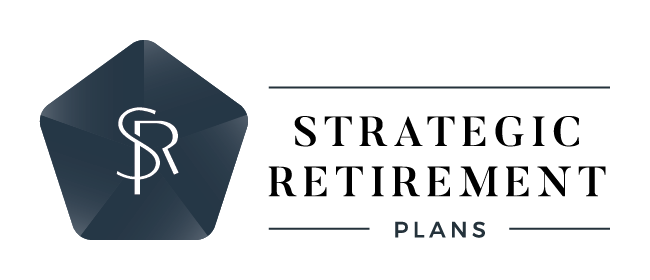February may be best known as the month when Cupid takes center stage and early March for when the lion comes roaring in, but this time of year is also ideal for getting your tax documentation in order.
Documentation
Ensure that you have all of the documentation you need when it’s time to file. Here are some common forms that should have arrived in your mailbox by early March:
- Form W-2: reporting wages, salary, tips, commissions, and other compensation
- Forms 1099-DIV and 1099-INT Tax: reporting dividends and interest
- Forms for reporting other income, including:
- Form 1099-MISC: reporting royalties, rental, and self-employment income
- Form 1099-R: reporting distributions from annuities, profit-sharing plans, retirement plans, IRAs, and pensions
- Form 1099-SS: reporting social security income
- Schedule K-1: reporting income from partnerships, estates, or trusts
- Form 1098: reporting mortgage interest paid
- Form 1098-E and 1098-T: reporting student loan interest and qualified higher education expenses paid
Check on missing documents as soon as possible. If you haven’t received a form that you had expected, contact your employer, the payor, or the institution responsible for the reporting. You may be able to obtain the information from other sources, including through an online customer account.
Deductions and credits
Pull together receipts or any material that demonstrates your eligibility to qualify for deductions and credits. Use the following tips to smooth the process:
- Organize throughout the year. Buy an expandable binder and organize it according to common tax categories (e.g., wages, interest and dividends, other income). Make a general deductions folder to file receipts for expenses that may become tax deductions (e.g., property taxes) and a miscellaneous folder for items you’re not sure about.Put the binder in an easy-to-reach spot so you can literally walk by and drop paperwork in as it arrives or as you come across it.
- Put together a checklist. Your tax advisor will likely provide a checklist to help you get organized. Use this list, or make your own. Include items that you have addressed in previous years or add new items. The list will become a handy resource to review annually before tax season.
It’s early enough to start fresh for this year. A new organizational system and a proactive approach to finding and filing documentation shouldn’t take long. You’ll still have time to taste February’s still-delicious leftover chocolate, as March comes roaring in.
Commonwealth Financial Network® does not provide tax or legal advice.


